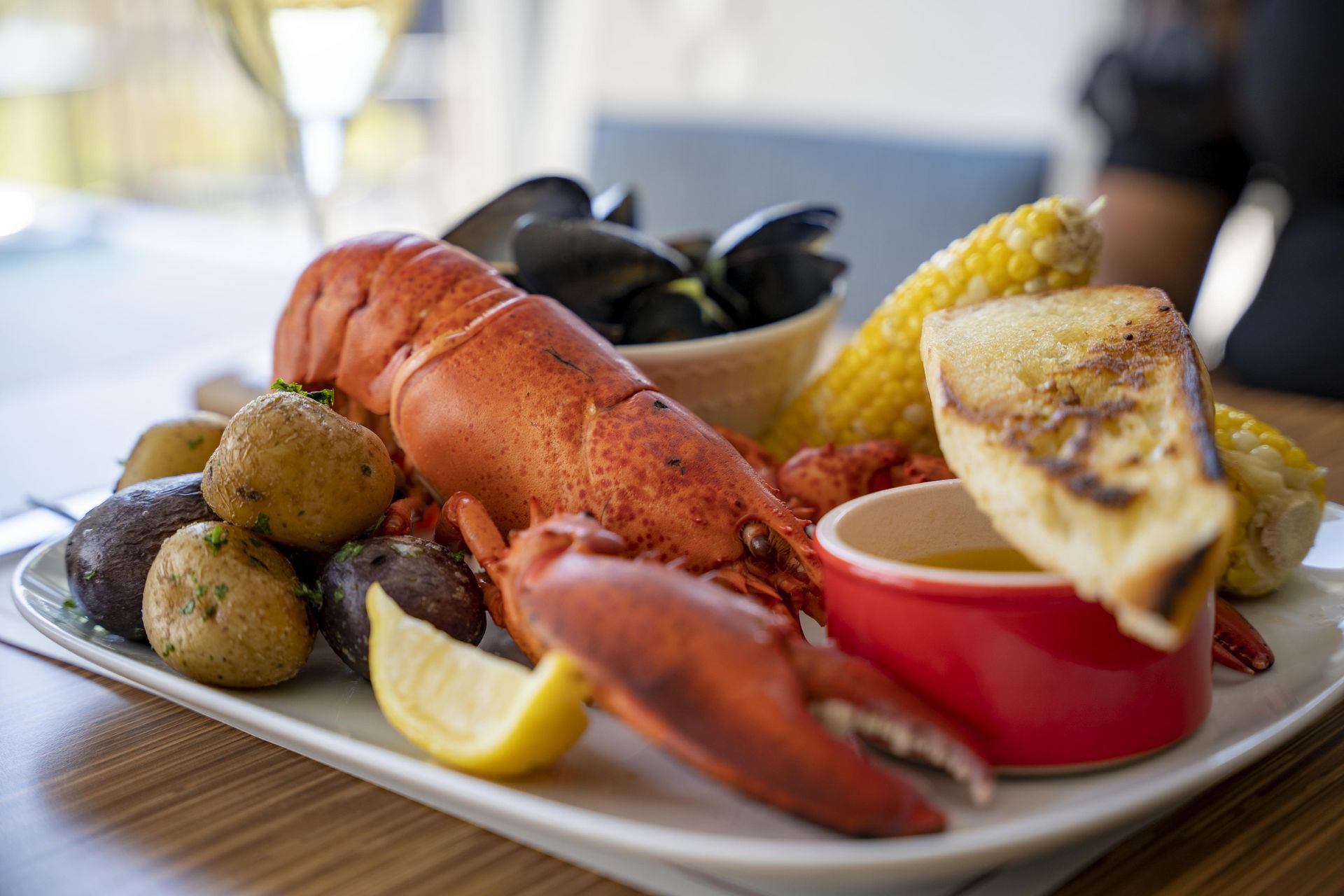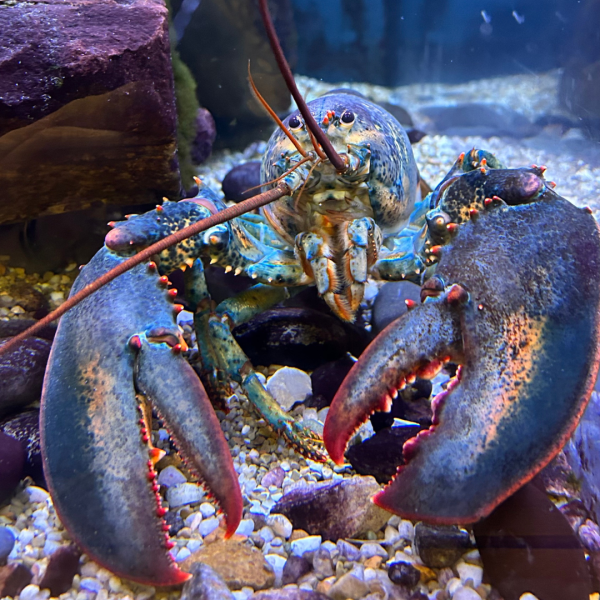P O R T O F D I G B Y
LOBSTER
INDUSTRY
Lobsters, with their distinctive claws and muscular tails, are vital to coastal economies. Found worldwide, East Coast lobsters thrive in rocky, sandy, or muddy sea floors. The Port of Digby is a key hub for the lobster fishery, contributing to $26.8 million in landings in 2022. Explore how this essential industry sustains local communities and the unique characteristics of these remarkable crustaceans.
T H E V I T A L R O L E O F
LOBSTERS +
COASTAL
ECONOMY
Meet the Nephropidae Family
Lobsters, members of the Nephropidae family, are fascinating malacostracans known for their long bodies, muscular tails, and distinctive claws. They inhabit crevices or burrows on the sea floor, with three of their five pairs of legs bearing claws, including a prominent first pair. Highly valued as seafood, lobsters are economically significant and often among the most profitable commodities in coastal regions. The prized East Coast lobster, known for its large claws and sweet meat, is especially renowned.
Lobsters are found in all oceans, living on rocky, sandy, or muddy bottoms from the shoreline to beyond the continental shelf, depending on their size and age. Younger, smaller lobsters typically reside in crevices or burrows under rocks and are less likely to migrate. In contrast, larger, older lobsters often inhabit deeper waters and migrate to shallower areas seasonally.
As omnivores, lobsters feed on live prey such as fish, mollusks, other crustaceans, worms, and some plant life, scavenging when necessary. Generally, lobsters range from 25 to 50 cm (10 to 20 inches) in length and move slowly across the sea floor. However, they can swim backward rapidly by curling and uncurling their abdomens, reaching speeds of up to 5 m/s (11 mph).
In Digby, fishers use trawls consisting of a buoy and balloon at the surface, a lead line to a heavy anchor on the ocean floor, 20 traps, and another anchor with a line to the surface, ending with a buoy and balloon. Fishers in Lobster Fishing Areas (LFA) 34, 35, 36, and 37 operate from the Port of Digby. According to Department of Fisheries records, lobster landings at the Port of Digby amounted to $26.8 million in 2022, underscoring the lobster fishery's vital role in sustaining many coastal communities.




